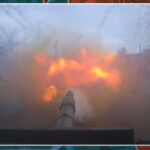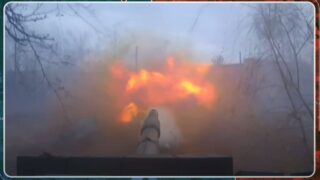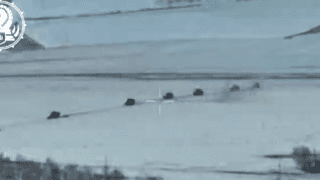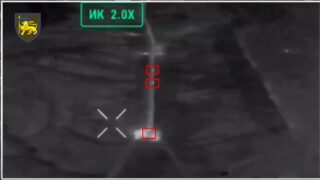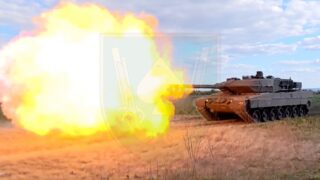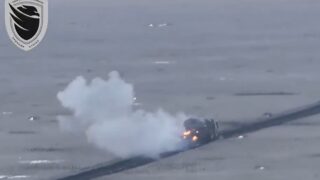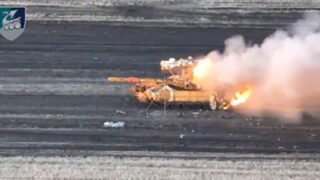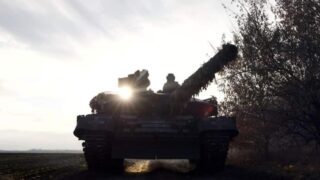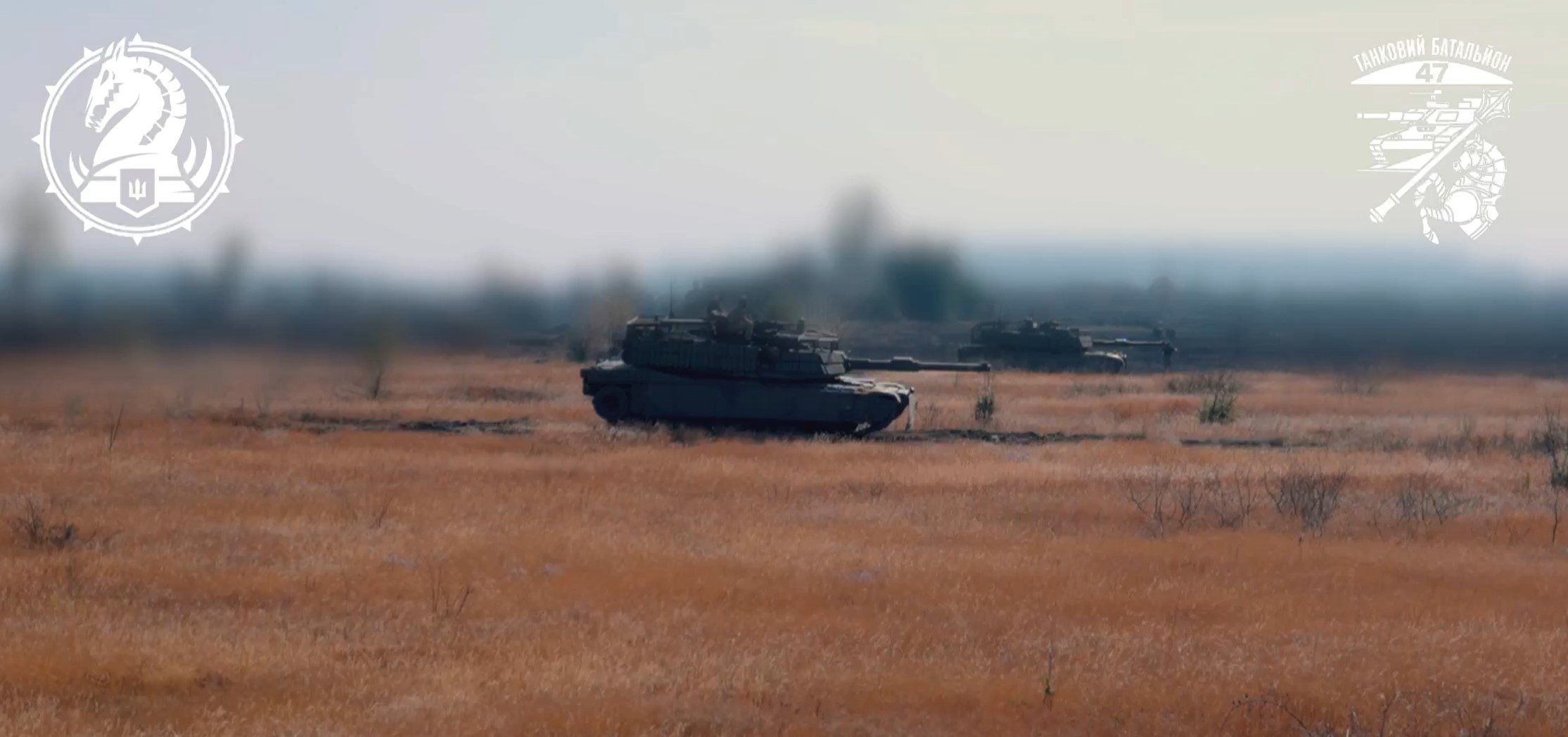
Forbes: With just 12 US Abrams tanks left, Ukrainians still battle Russians in Kursk
Only a dozen of the original 31 US-supplied M1 Abrams tanks remain operational with Ukraine’s 47th Mechanized Brigade. Yet, the unit maintains its combat operations along the contested Kursk salient, where Ukrainian forces carved out a 250-square-mile position in western Russia last August, Forbes reports.
The United States delivered just a single battalion of Abrams tanks to Ukraine – a supply that proved insufficient for sustained combat. While the Abrams’ superior protection keeps crews alive and its precision targeting proves lethal, Russian forces are adapting with new drone tactics.
“The United States donated just 31 of the tanks despite having thousands of them in storage,” noted Forbes defense correspondent David Axe.
The remaining tanks continue to prove their worth in combat.
“They are performing quite well,” confirms Ukrainian war correspondent Andrii Tsaplienko, noting that crews particularly value the tanks’ robust armor and precision targeting systems.
The brigade remains engaged in intense combat with Russian forces near Novoivanovka, facing elements of the 56th Airborne Regiment and 155th Naval Infantry Brigade as they attempt to advance toward Leonidovo. While there are reports of North Korean troops in the area, tank crews are unable to verify enemy combatants’ nationalities during engagements.
The Abrams’ resilience was recently tested when Russian forces employed new fiber-optic drones against one tank. Though the attack damaged the engine compartment, the crew emerged unscathed.
“The drones were unable to penetrate either the turret or the hull while we were inside,” a tank crew member told Rob Lee of the Foreign Policy Research Institute.
Combat losses have been significant – nine tanks destroyed and eight damaged from the original 31. However, reinforcement is on the horizon following Australia’s October pledge of 49 M1 Abrams tanks – enough to fully restore the brigade’s tank battalion and potentially equip a second one.
Read more:


